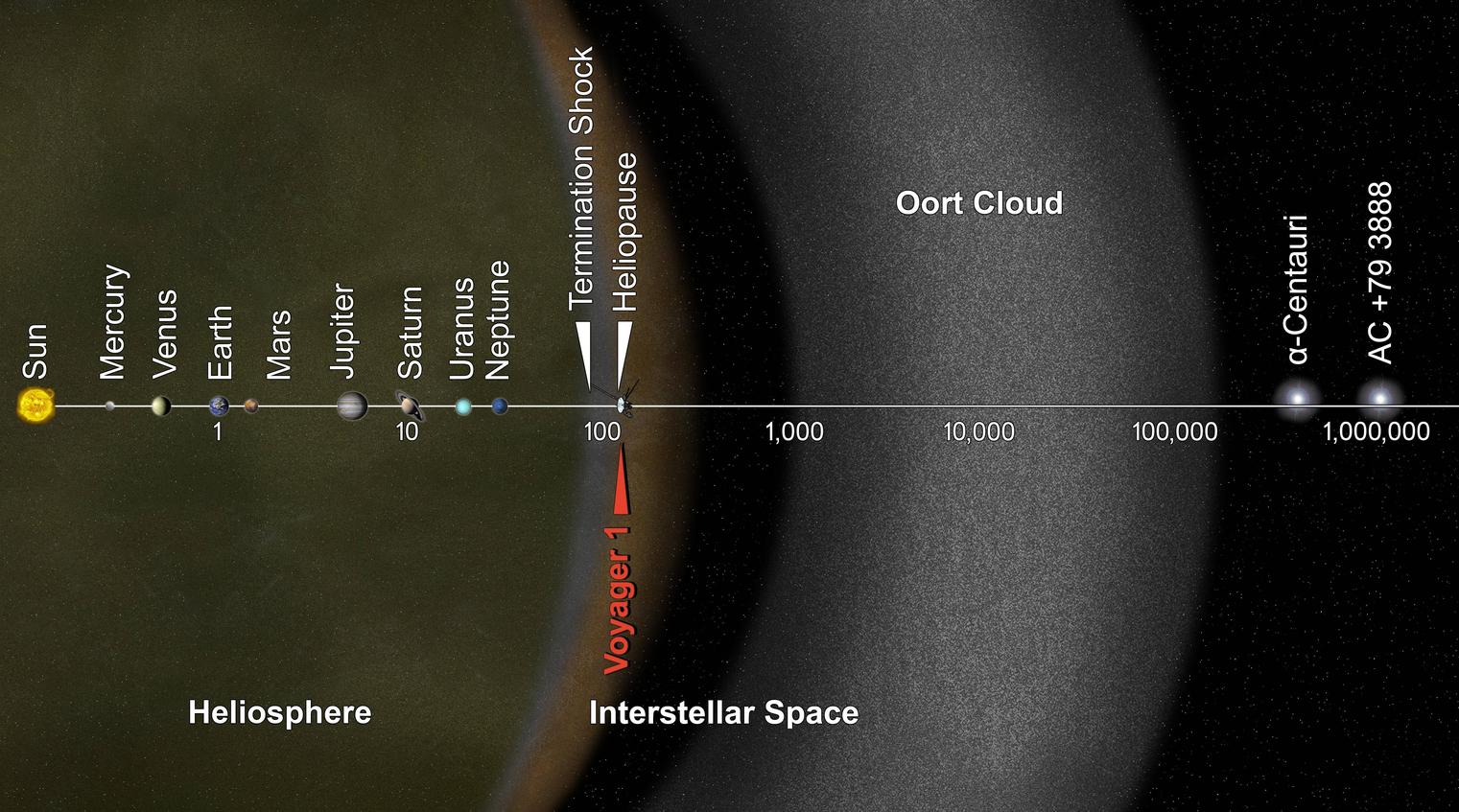Start with a powerful space-faring civilization. They are Kardashev Type II, having harnessed the total energy output of their sun.
To do this, they have encapsulated their star with a tight-fitting Dyson Sphere which is totally dedicated to energy capture. None of their star's light or radiation penetrates the sphere.
The planets of their system still orbit the imprisoned star, but they do so in almost absolute darkness. The inner planets are all populated, but none of them still have their original atmospheres. Instead, they have each been encased in a defensive shell, then terraformed into planet-wide urban cities.
There is no wild plant life, no living oceans and no undomesticated animals. All of those things have been abandoned on their quest for the stars.
Now as a Type II civilization, they obviously know a lot more about the universe than we do. One of the most important examples of that greater knowledge is a real understanding of how dangerous the universe is. There are lots of militant Type II and imperial Type III civilizations out there and any one of them would be thrilled to conquer and enslave these peaceful people.
So they hide.
It is for concealment that they have blacked out their sun and worlds with opaque shells. Similarly, they use only line-of-sight lasers for inter-system communications.
The Question
How close could this civilization's planetary system be to our own, without our noticing the effects of its gravity on objects that we can see?

